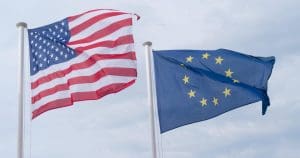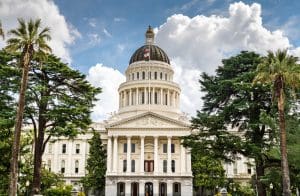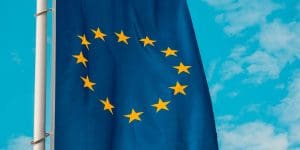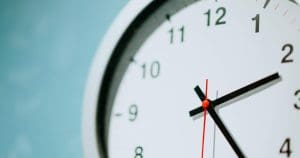The economic crisis caused by the coronavirus pandemic poses a triple challenge for tax policy in the United States. Lawmakers are tasked with crafting a policy response that will accelerate the economic recovery, reduce the mounting deficit, and protect the most vulnerable.
To assist lawmakers in navigating the challenge, and to help the American public understand the tax changes being proposed, the Tax Foundation’s Center for Federal Tax Policy modeled how 70 potential changes to the tax code would affect the U.S. economy, distribution of the tax burden, and federal revenue.
In tax policy there is an ever-present trade-off among how much revenue a tax will raise, who bears the burden of a tax, and what impact a tax will have on economic growth. Armed with the information in our new book, Options for Reforming America’s Tax Code 2.0, policymakers can debate the relative merits and trade-offs of each option to improve the tax code in a post-pandemic world.

The U.S. Trade Representative Expands Its Digital Services Tax Investigations
The U.S. Trade Representative (USTR) expanded its digital service tax investigations, announcing Section 301 investigations into digital tax policies in nine countries and the European Union. The announcement follows an investigation of the French digital services tax that was completed in 2019, after which the USTR threatened significant #tariffs in retaliation against France.
5 min read
New York Lawmakers Float New Data Tax Proposal
Taxes on digital services, digital advertising, and the sale or utilization of consumer data, which were already emerging before the #coronavirus crisis, look increasingly attractive to cash-strapped states and localities.
7 min read
Watch: Economic Recovery After Coronavirus
What are the best tax policies to encourage a smooth transition and strong economic recovery? How should goals of economic recovery and growth be balanced with revenue needs?
1 min read
California Considers Business Head Tax Plan that Seattle Repealed
With California’s unemployment rate approaching 25 percent, it is somewhat surprising to find policymakers contemplating a literal tax on jobs.
3 min read

EU: The Next Generation
The European Commission announced new budget plans including loans, grants, and some revenue offsets. The proposals follow other support mechanisms for workers and businesses that were designed in response to the Covid-19 pandemic and economic shutdown.
5 min read
Lessons from Alberto Alesina for U.S. Lawmakers
Alesina’s work suggests that raising taxes to reduce the federal deficit and national debt would be an economic mistake. The less economically damaging path is to cut spending, what some have called austerity policies.
3 min read
Net Operating Loss Carrybacks Are a Vital Source of Tax Relief for Struggling Firms in the Coronavirus Crisis
Rather than find ways to restrict net operating loss (NOL) carrybacks, lawmakers should focus on ways to improve liquidity by cashing out accrued NOLs, which would benefit startups and new small businesses without taxable income to offset in prior years.
3 min read
In Some States, 2020 Estimated Tax Payments Are Due Before 2019 Tax Returns
To prevent confusion and to ensure taxpayers receive the full benefit of the extended federal deadline, states should consider extending first- and second-quarter estimated tax payment due dates to July 15 or later.
9 min read
Tax Changes in California Governor’s Budget Could Stand in the Way of Economic Recovery
While other states are starting to think about the recovery, California is contemplating tax policies that would stand in the way of economic expansion once the health crisis abates. California’s shortfall is all too real, but tax policies which impede recovery are a hindrance, not a help.
5 min read